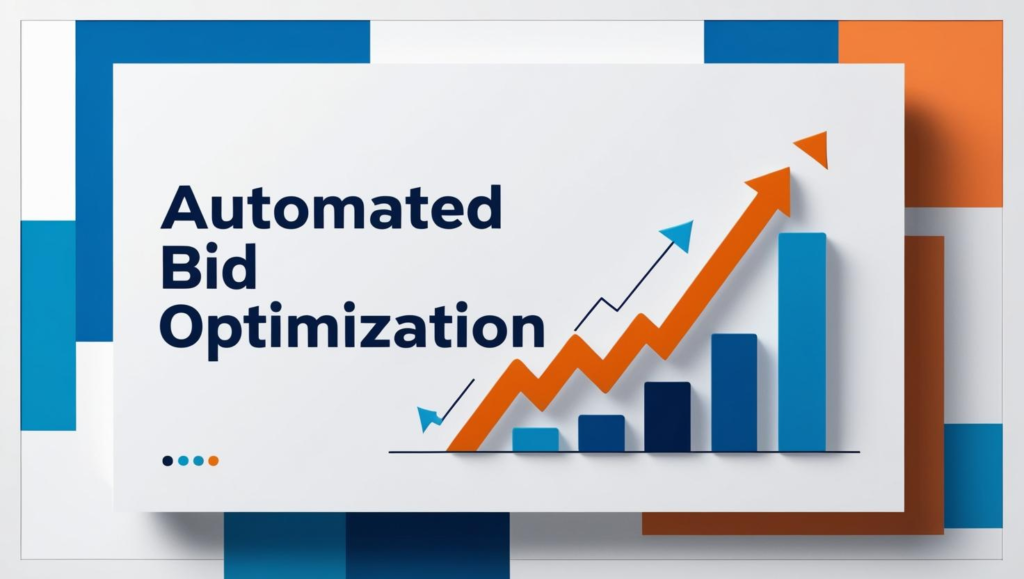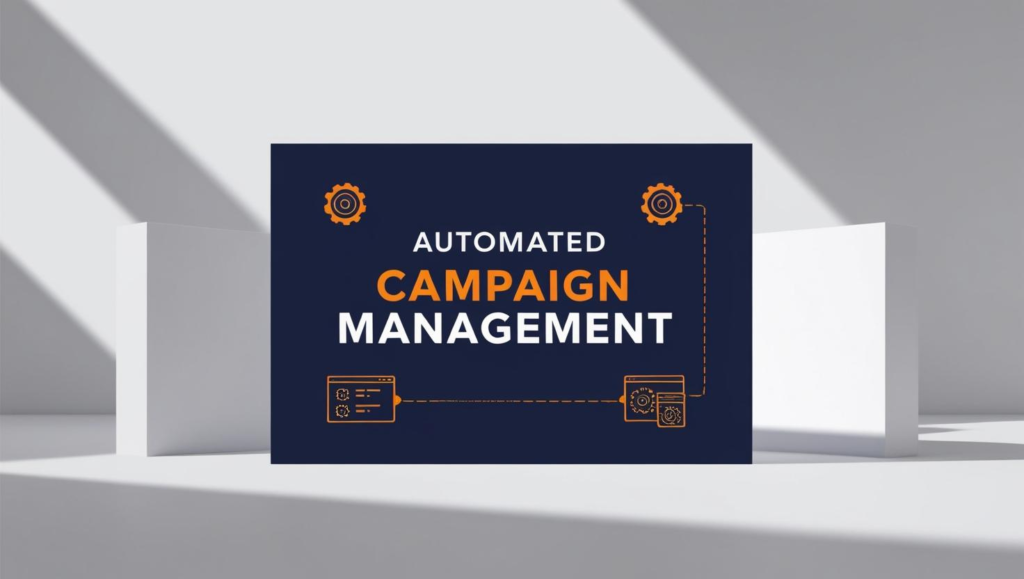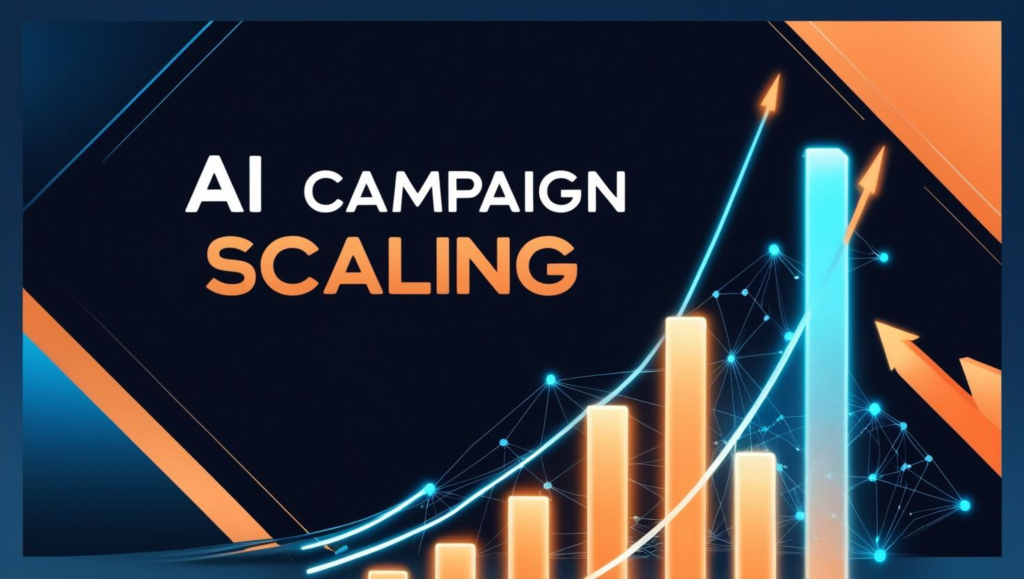Read More
Step-by-Step on SellerADvantage.co.uk
Watch on LinkedIn
Watch on YouTube
Read on Medium
Harnessing AI: How to Supercharge Your Amazon PPC Strategy for 2025
Artificial intelligence is rapidly reshaping digital marketing, and Amazon PPC is no exception. As sellers face evolving customer expectations and intensifying competition, leveraging AI innovations is becoming indispensable. In today’s dynamic digital marketplace, integrating AI into your PPC campaigns not only refines bid management and keyword selection but also enhances overall ad performance. This article explains how AI can drive efficiency, maximize return on ad spend (ROAS), and pave the way for sustainable growth in 2025.
The role of PPC advertising on Amazon continues to evolve as artificial intelligence tools generate real-time insights, streamline campaign management, and predict buyer behavior with greater accuracy. Sellers who harness these advanced technologies gain a competitive edge by automating routine optimizations and focusing on data-driven decision-making. The integration of AI-powered platforms has transformed the approach toward bid adjustments, budget allocations, and even creative selection—making it possible to fine-tune campaigns in ways that were once time-consuming and manual.
This comprehensive guide is crafted for Amazon PPC users seeking to amplify the impact of their ad campaigns through AI. Whether you are a seasoned seller or a newcomer to paid advertising, this article will introduce actionable strategies based on key insights from industry-leading PPC software providers. We outline essential steps you can take to supercharge your campaigns, emphasizing measurable action points and optimization techniques geared for success in 2025.
10 Key Action Points to Supercharge Your Amazon PPC Strategy with AI
 1. Implement AI-Driven Bid Optimization
1. Implement AI-Driven Bid Optimization
Why It Matters:
Bid management is one of the most dynamic facets of Amazon PPC, where slight adjustments can significantly affect campaign performance. AI-driven tools continuously analyze market trends, competitor bids, and historical performance to automatically adjust your bids.
Action Steps:
- Adopt a platform that offers AI-powered dynamic bidding algorithms.
- Set parameters for maximum bid adjustments based on real-time data.
- Monitor the performance via regular reports to fine-tune bid ranges further.
AI systems help ensure that you are neither overpaying on underperforming keywords nor missing out on high-potential clicks. By relying on sophisticated algorithms, you maintain competitive yet cost-effective bids around fluctuating market conditions.
2. Utilize Advanced Keyword Discovery and Segmentation
Why It Matters:
Keyword research has evolved beyond manual data analysis. AI tools can uncover long-tail and indirect keywords that are highly relevant to your product but overlooked by competitors. This targeted approach drives qualified traffic.
Action Steps:
- Use AI-based keyword research tools to generate a robust list of potential phrases.
- Segment keywords by search intent, competition level, and relevancy.
- Create multiple ad groups, each tailored to different keyword clusters to improve relevancy scores.
Breakthroughs in natural language processing allow AI tools to analyze customer behavior and search trends, ensuring that you select keywords that resonate with actual buying patterns.
3. Integrate Predictive Analytics for Campaign Forecasting
Why It Matters:
Predictive analytics are essential to anticipate shifts in consumer behavior and market demand. By forecasting campaign outcomes, you can proactively adjust strategies and allocate budgets more effectively.
Action Steps:
- Incorporate AI platforms that model and forecast future performance based on historical ad data.
- Analyze predictive reports to pinpoint keywords or product groups with anticipated growth.
- Adjust your budgets and bids ahead of seasonal trends to capture emerging opportunities.
Predictive models empower sellers with foresight, ensuring that your campaigns are always one step ahead, thereby improving overall efficiency and performance.
4. Optimize Ad Creative with AI Insights
Why It Matters:
Ad creative significantly influences click-through rates (CTR) and conversion rates. AI tools can analyze consumer engagement metrics and help refine visual and copy elements of your ads.
Action Steps:
- Use image optimization tools that leverage AI to recommend lifestyle imagery and design adjustments for your product photos.
- A/B test various ad copy alternatives using machine learning models to determine which resonates best with your audience.
- Continuously update your creative assets based on performance feedback from automated analytics.
By harnessing AI, you can automate iterative testing on ad creative elements, thereby ensuring that your ads continuously appeal to and capture the attention of prospective buyers.
 5. Enhance Automated Campaign Management
5. Enhance Automated Campaign Management
Why It Matters:
Manual management of PPC campaigns can be laborious and error-prone, especially as campaigns grow in complexity. AI-powered automation handles routine tasks effectively, enabling you to focus on strategy and analysis.
Action Steps:
- Transition to an AI-supported PPC platform that automates ad creation, keyword adjustments, and negative keyword lists.
- Schedule automated performance reports to assess which elements are performing best.
- Use automation to pause underperforming ads and reallocate funds to high-performing segments.
Automated management ensures that campaigns continue running at peak efficiency even when you’re not actively monitoring them, reducing wasted spend and freeing up valuable time.
6. Leverage AI for Competitor Analysis
Why It Matters:
Competitive intelligence is crucial for refining your PPC strategy. AI can rapidly analyze competitor ad activities, reveal gaps in their keyword strategies, and identify potential opportunities for your campaign.
Action Steps:
- Use AI-driven tools to perform reverse ASIN lookups and competitive keyword analysis.
- Integrate competitor performance benchmarks into your own strategy.
- Regularly update your target keyword list by monitoring competitors’ ad placements and strategies.
With dynamic, data-backed competitive analysis, you can continually refine your approach to exploit market gaps and differentiate your ads from those of your rivals.
7. Personalize Customer Targeting with Machine Learning
Why It Matters:
Advanced customer segmentation can improve both ad relevance and conversion rates. Machine learning algorithms analyze buyer behaviors, preferences, and demographics to create highly personalized targeting strategies.
Action Steps:
- Deploy platforms that allow audience segmentation based on AI analysis of customer data.
- Develop personalized ad campaigns for distinct buyer personas using automated targeting.
- Test different segmentation strategies and adjust bids and budgets according to the performance of each segment.
By aligning your ad targeting with the nuanced behaviors of your customer base, you increase the likelihood of converting impressions into sales.
8. Implement Real-Time Performance Monitoring and Alerts
Why It Matters:
Real-time insights enable you to react swiftly to any sudden changes in campaign performance. AI systems can monitor multiple metrics concurrently and flag issues before they escalate.
Action Steps:
- Set up a dashboard that aggregates real-time campaign data, including impressions, clicks, conversion rates, and ACoS.
- Configure automated alerts for significant performance deviations.
- Use the insights from these alerts to conduct immediate optimizations and adjustments.
Real-time monitoring ensures that your campaigns remain agile, allowing for rapid adjustments that keep your performance metrics within desired thresholds.
9. Optimize Negative Keywords Using Automated Tools
Why It Matters:
Negative keywords are essential to prevent wasteful spending on irrelevant search terms. Manually updating negative keyword lists is time-consuming; AI accelerates the process by continually identifying non-performing terms.
Action Steps:
- Utilize AI tools to automatically generate and refine negative keyword lists.
- Regularly review performance reports to adjust these lists based on conversion data.
- Integrate automated adjustments to ensure that poor-performing search terms are continually filtered out.
This proactive approach prevents wasted impressions on unqualified traffic and helps maintain an optimal Advertising Cost of Sales (ACoS).
 10. Scale Campaigns with AI-Powered Recommendations
10. Scale Campaigns with AI-Powered Recommendations
Why It Matters:
As your campaigns grow, scaling efficiently without sacrificing performance is key. AI can provide recommendations not only on current performance optimizations but also on strategies to expand your campaigns effectively.
Action Steps:
- Use AI algorithms to identify underutilized keywords and potential new ad groups.
- Implement automated scaling recommendations to reassign budget across high-performing segments.
- Periodically review scaling strategies through detailed reports and adjust parameters as needed.
Scaling using AI insights ensures that your campaigns expand in a controlled manner, capturing new opportunities without losing efficiency.
Final Thoughts
The digital advertising landscape continues to evolve, and Amazon PPC remains a critical channel for sellers aiming to increase visibility and drive sales. Integrating artificial intelligence into your PPC strategy is not merely a trend—it is an essential evolution that offers tangible benefits, from optimized bidding and automated management to personalized targeting and real-time insights.
By implementing the action points outlined above, you can transform your campaign management processes, reduce unnecessary ad spend, and achieve a higher return on ad investments. While AI tools offer significant automation and data-driven advantages, it remains vital for sellers to continuously monitor performance, refine their strategies, and adjust to market changes.
Embracing AI in your Amazon PPC campaigns is a strategic decision that helps you stay ahead of the competition and provides a sustainable path toward business growth. As you adopt these advanced practices, you not only supercharge your current campaigns but also set a strong foundation for adapting to future shifts in the advertising landscape. In the rapidly changing world of ecommerce, constant innovation and adaptation are key to long-term success—and AI is the catalyst that will propel your Amazon PPC efforts forward in 2025 and beyond.
Any follow helps us out a lot – Thank-You!
If you like this article and want to explore further insights, discuss collaborative opportunities, or simply connect, please feel free to reach out to me on any of the following :
Social Media
Connect on LinkedIn
Follow on LinkedIn
Follow on Medium
Subscribe on YouTube
Work With Us
Hire Us on fiverr
Hire Us on upwork
Contact Us
🔴 Book a FREE PPC Audit 🔴




